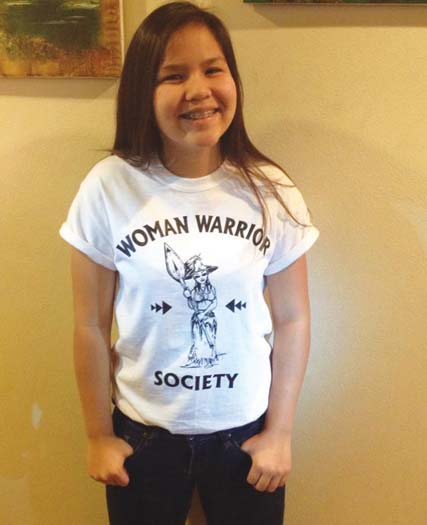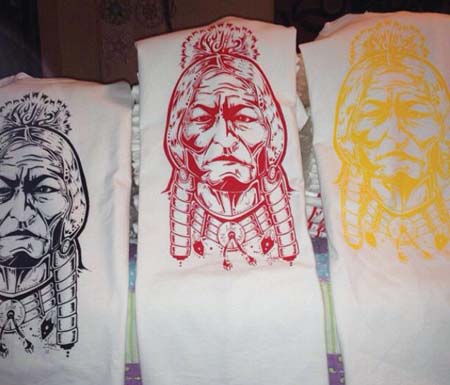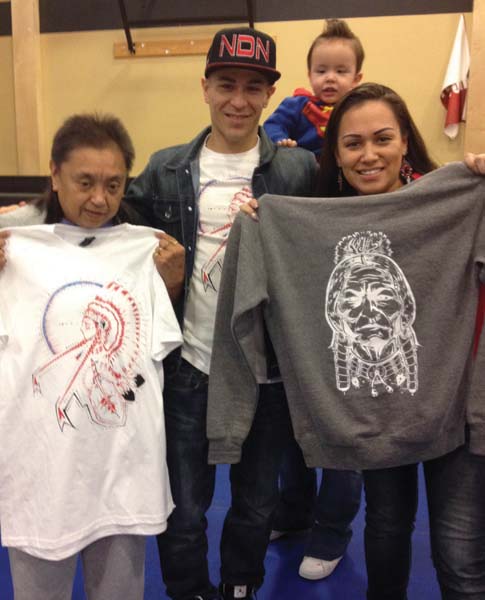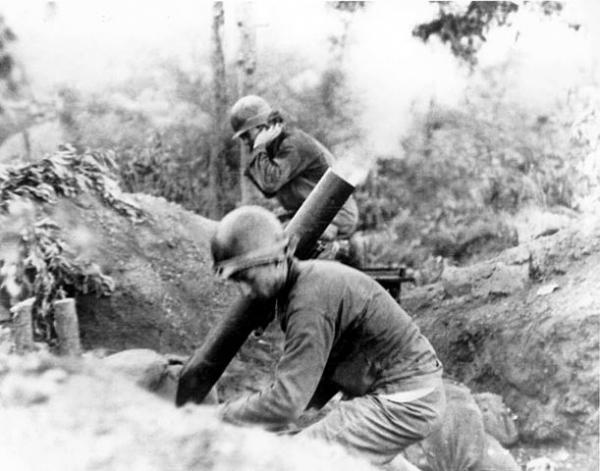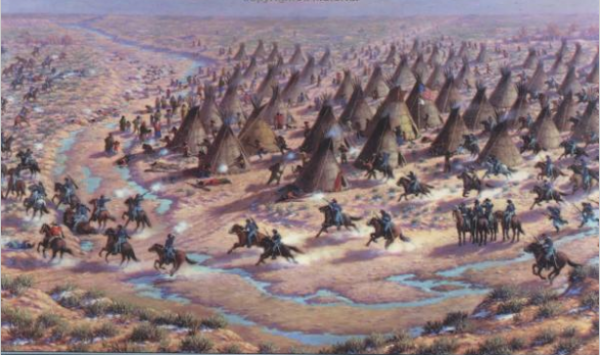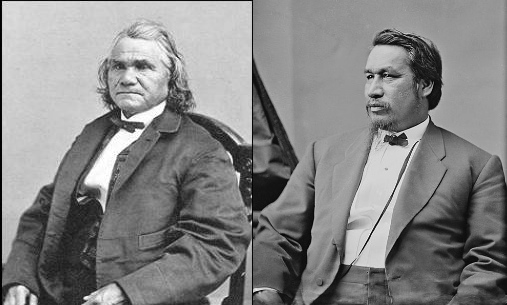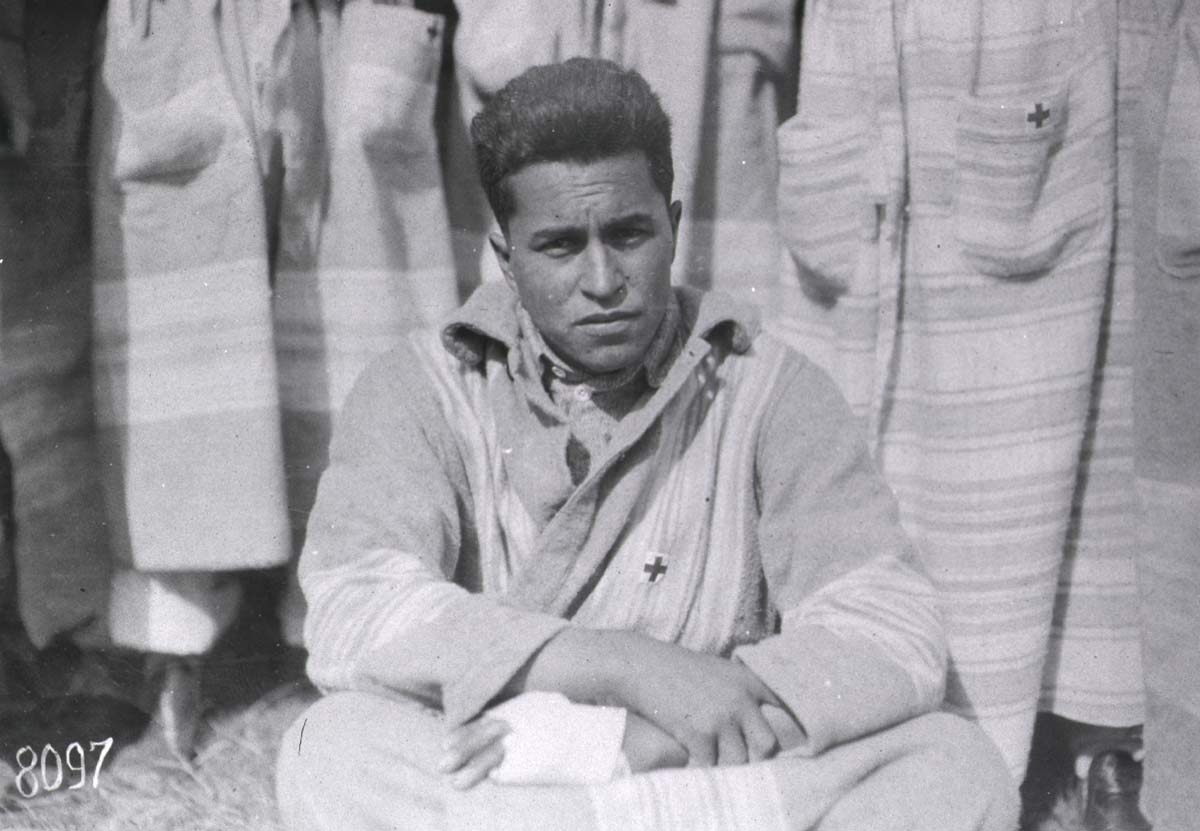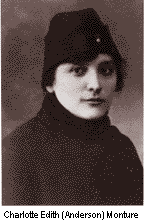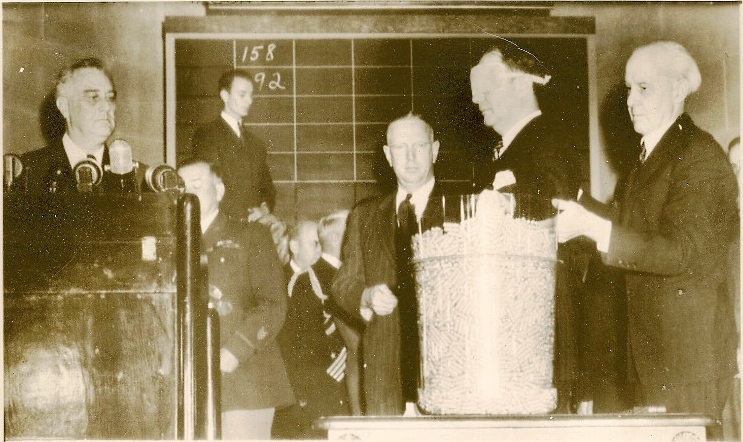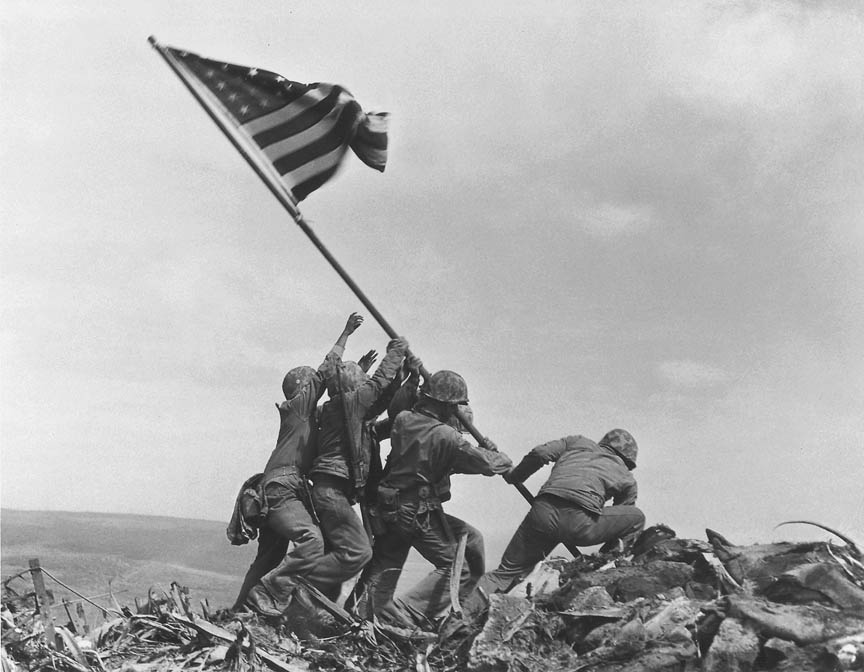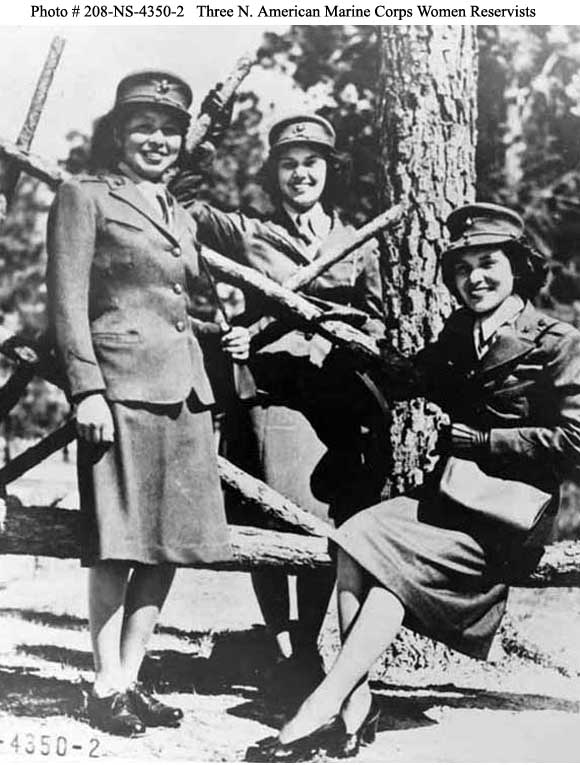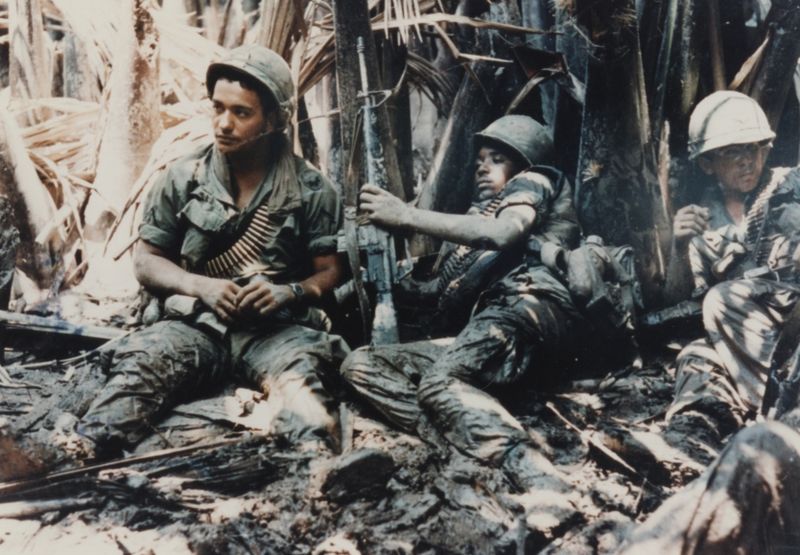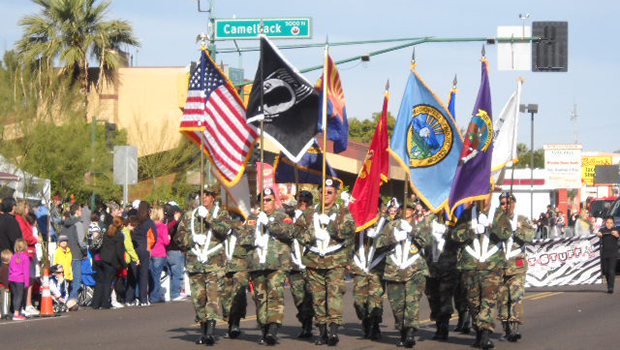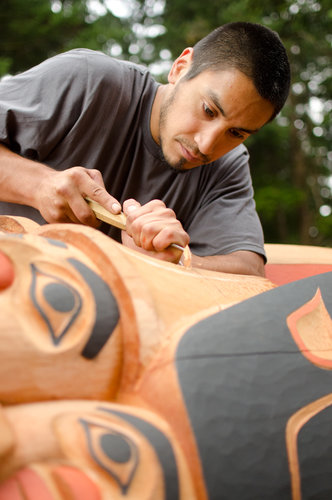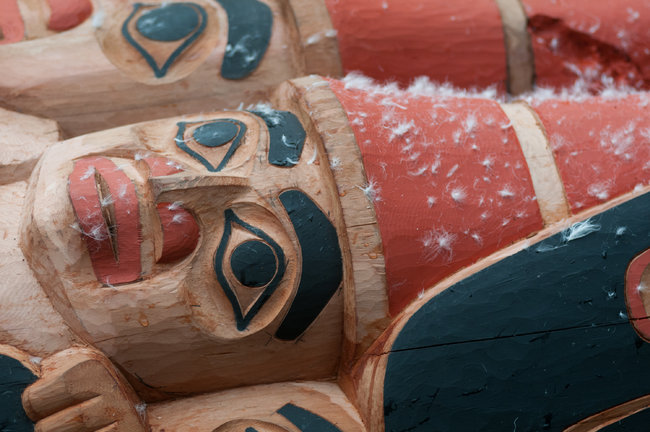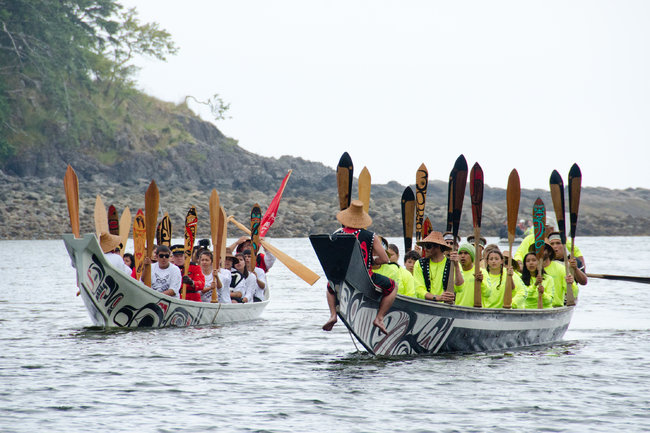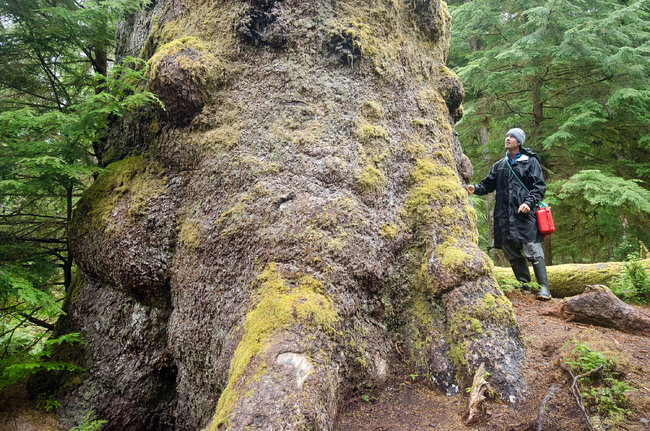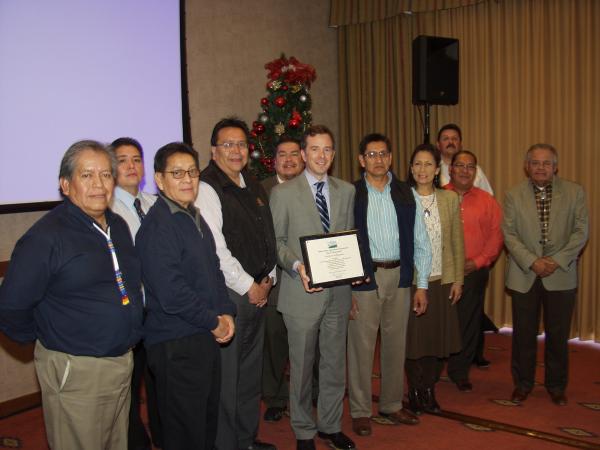The Shinnecock Indian Nation was petitioner number 4 on the Bureau of Indian Affairs’ list of tribes seeking federal recognition in 1978 soon after the agency established the seven criteria for recognition.
Thirty-two years and $33 million later in June 2010, the BIA acknowledged the Shinnecock Nation as an American Indian tribe with a government-to-government relationship with the United States’ and whose members are eligible to receive health, education, housing and other services provided to federally recognized tribes – services the federal government is obligated to provide as a debt owed to the Indigenous Peoples in exchange for the loss of their lands.
Three or four days after receiving federal recognition, the tribe got another letter from the BIA, Lance Gumbs, former Shinnecock council chairman, said. “It was an internal memo from inside the Office of Federal Acknowledgement and this memo said the Shinnecock Tribe is indeed a tribe and they should be recognized expeditiously in this process,” Gumbs said. “And that letter was dated from 1979.”
The Shinnecock Nation’s experience in the BIA’s Federal Acknowledgement Process (FAP) is not unique; it’s typical of a process that’s been described as broken, long, expensive, burdensome, intrusive, unfair, arbitrary and capricious, less than transparent, unpredictable, and subject to undue political influence and manipulation. It reflects a culture of neglect on the part of the federal government, indigenous leaders and others involved in recognition efforts say.
Related: Federal Recognition: Can the BIA’s Acknowledgment Process Be Fixed?
On January 16 and 17 close to 200 tribal leaders and representatives of both federally recognized and “unrecognized” indigenous nations, attorneys and consultants specializing in the FAP, and federal officials gathered at Arizona State University’s Sandra Day O’Connor College of Law for a unique conference called “Who Decides You’re Real? Fixing the Federal Recognition Process.”
“The recognition process is a broken system that needs to be reformed,” Brian Cladoosby, chairman of the Swinomish Indian Tribal Community and newly elected president of the National Congress of American Indians (NCAI), said in his opening remarks at the conference. Cladoosby said he told Interior Secretary Sally Jewell recently to fix the broken process. “I said, ‘Take the 19th and 20th century rules and regulations that are paternalistic and fit them for the Natives that we have today,’” he said. The federal acknowledgment process is critically important, Cladoosby said. “Put simply, federal acknowledgment empowers tribes to govern and provide the services and stability their people need in order to preserve their culture. The failure to acknowledge a historical tribe is a failure of the trust responsibility and contributes to the destruction of tribal culture.”
The conference focused on the challenges faced by unrecognized tribes and covered all aspects of federal recognition, including its history, the administrative process, current issues, and proposed new rules and regulations that would reform the process – a discussion presented by the BIA’s Deputy Assistant Secretary Larry Roberts. Several tribal leaders, like Gumbs, and tribal representatives told their tribes’ stories.
The BIA’s own numbers tell its story. Since 1978 when the FAP was established 356 “groups” have sought federal acknowledgment. Of that number, 269 have not submitted documented petitions. Of the 87 that have submitted documented petitions, the agency has resolved 55 and 19 have been resolved by Congress or other means.
“Resolved” doesn’t mean the groups were given federal acknowledgment. Of the 55 resolved, 17 were acknowledged and 34 were denied. The remaining four had their status “clarified” by other means.
Although the number of unrecognized tribes was not pinned down at the conference, the Government Accountability Office identified approximately 400 non-federally recognized tribes in a study it conducted in 2012 on federal funding for unrecognized tribes. The study found that 26 non-federally recognized tribes received funding from 24 federal programs during fiscal years 2007 through 2010. Most of the 26 non-federally recognized tribes were eligible to receive this funding either because of their status as nonprofit organizations or state-recognized tribes.
State recognition didn’t help two Connecticut tribes – the Schaghticoke Tribal Nation (STN) or the Eastern Pequot Tribal Nations (EPTN) – hold on to their status as federally recognized tribes. Ruth Torres, an STN citizen, described the campaign of political influence that ultimately resulted in the unprecedented reversal of both tribes’ federal acknowledgment. She talked about a cluster of events in May 2005 that worked in concert toward reversal of the tribe’s federal status: an appeal of the Final Determination by then Connecticut Attorney General Richard Blumenthal (now a senator), the hostility toward the tribe expressed by residents at a town meeting in Kent where the tribe has a 400 acre reservation – all that remains of approximately 2,500 acres set aside for the tribe in 1736 – and a House Committee hearing called “Betting on Transparency: Toward Fairness and Integrity in the Interior Department’s Tribal Recognition Process” that featured some of the most zealous opponents to federal recognition, Indian gaming and Indian country in general in politics.
“Betting, it was called,” Torres pointed out. “Now tell me, what do you think was the motivation for the political influence exerted on the FAP?” Federal recognition gives tribes the right to conduct Class III gaming, but contrary to popular belief, STN, like the majority of other tribes, filed its petition years before the Indian Gaming Regulatory Act (IGRA) was enacted in 1988, Torres said. The IGRA launched Indian gaming on the path to becoming the $27 billion industry that it is today, but along with its success came a backlash of political opposition that effectively put the brakes on federal recognition.
STN had been in the FAP process since 1981 and by the mid-1990s it became clear – just as it did to the Shinnecock Indian Nation, Torres said – that the tribe needed a financial backer and it entered into a casino deal with Fred DeLuca, owner of the Subway chain, and a group called Eastlanders. The investors spent around $22 million on the process, Torres said. Nonetheless, the political opponents were successful in overturning the tribe’s recognition and even in influencing a federal judge who denied the tribe’s appeal of the reversal in part because he said he believed federal decision makers who said they were not influenced by the frenzy of political pressure that was brought to bear upon them.
RELATED: Judge Denies Schaghticoke Appeal
The Pointe-au-Chien Indian Tribe’s story is one of the saddest tales of federal government neglect and bureaucratic rigidity.
In 2008, the Bush administration issued proposed negative findings to both the Pointe-au-Chien Indian Tribe and the Biloxi, Chitimacha Confederation of Muskogees, Inc. (BCCM). Members of both tribes are descendants of the historical Biloxi, Chitimacha, Choctaw and other tribes and subgroups.
Pointe-au-Chien proved it had been identified as an American Indian “entity” since 1900, the Bush Interior Department said, but it hadn’t submitted a membership list or demonstrated that it was a distinct community or had political entity before 1830.
RELATED: Bush Administration Put the Wreck in Federal Recognition
Pointe-au-Chien is a traditional community whose members survive on sustenance fishing and hunting in their coastal Louisiana territory. But the tribe’s land has been washing away for decades in the erosion of thousands of square miles of coastal wetlands. The erosion is caused by salty water from the Gulf of Mexico flowing into the fresh water marshes because levees built for navigation along the Mississippi River since the beginning of the 20th century prevent mud and silt from cyclically rebuilding the marshes and coastal bottom. Add to that environmental disaster the devastation wreaked on the Louisiana coast by Hurricane Katrina in 2005 and BP’s Deepwater Horizon oil spill in 2010.
The tribe notified the Coast Guard that it’s sacred sites were in danger from the oil and needed protection, Patty Ferguson-Bohnee, a Pointe-au-Chien tribal member and director of the Indian Legal Clinic at Arizona State University, said. “At one point in the process, the federal government said, ‘We cannot consult with you because you’re not a federally recognized tribe,’” Ferguson-Bohnee said. Even when the remains of Pointe au Chien ancestors were found, the tribe could not access them for reburial because it lacks federal acknowledgment. The tribe also lacks the means to hire experts to bolster its petition for recognition. And without drastic wetlands restoration efforts by the federal government the tribe’s remaining lands continue to disappear.
For Gumbs, the federal recognition process “consumed all of my adult life – 32 years,” he said. “When we started this process [in 1978] it should have been a relatively fair and equitable process. Instead it turned into a test of strategy and will. We went from playing checkers to playing chess…We had to think of the next three moves, four moves that we were going to make in response to how they [the Office of Federal Acknowledgement] were treating us. They had a complete disregard for the criteria [for federal acknowledgment] as they were written and they would change the rules right in mid-stream.”
You can’t have tribes stuck in the process for 30 years, Cladoosby said. “That’s just unacceptable. No one should have to wait 30 years to be told that the federal government is going to recognize them. The process is broken. It needs to be fixed.”
Read more at http://indiancountrytodaymedianetwork.com/2014/01/23/federal-recognition-process-culture-neglect-153206



